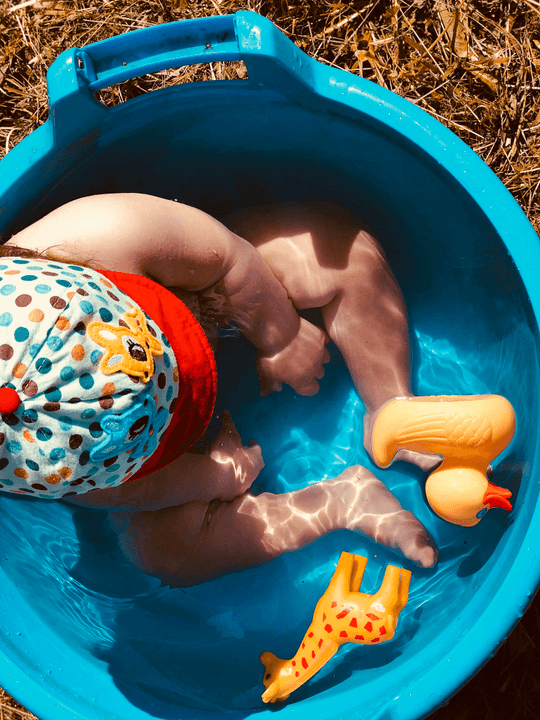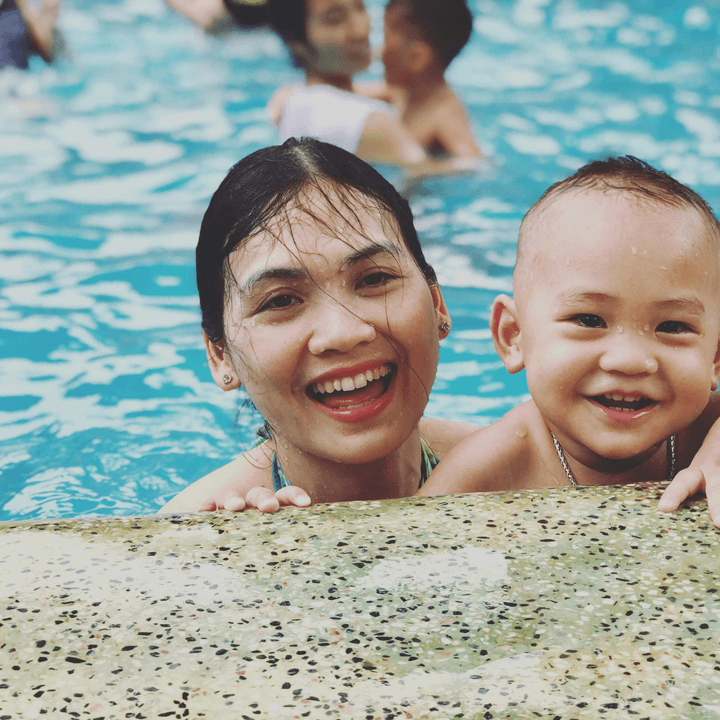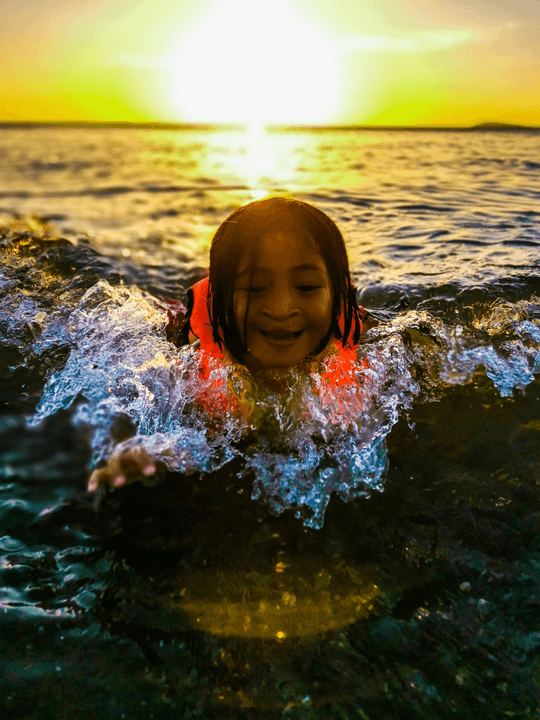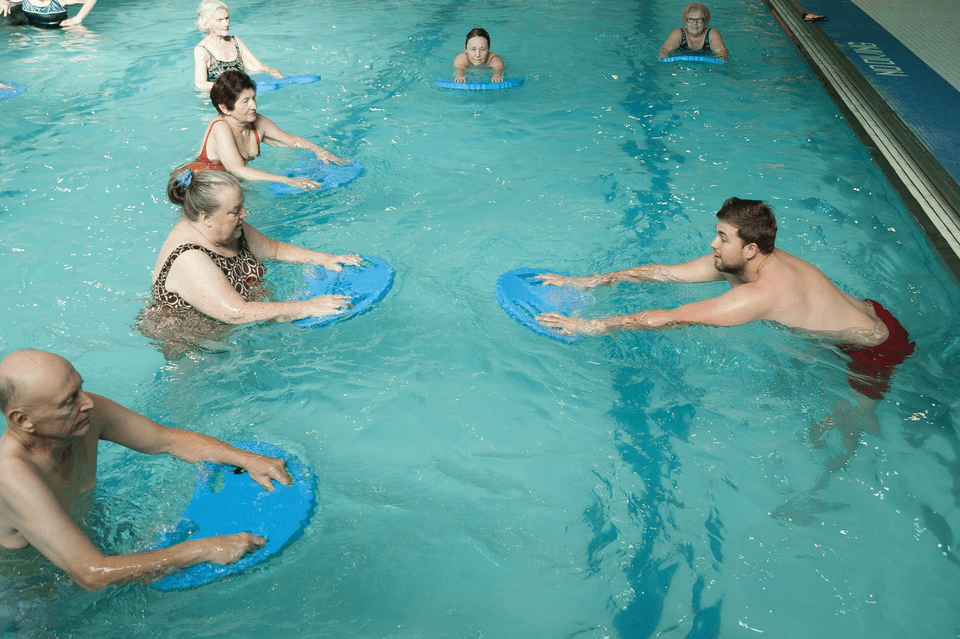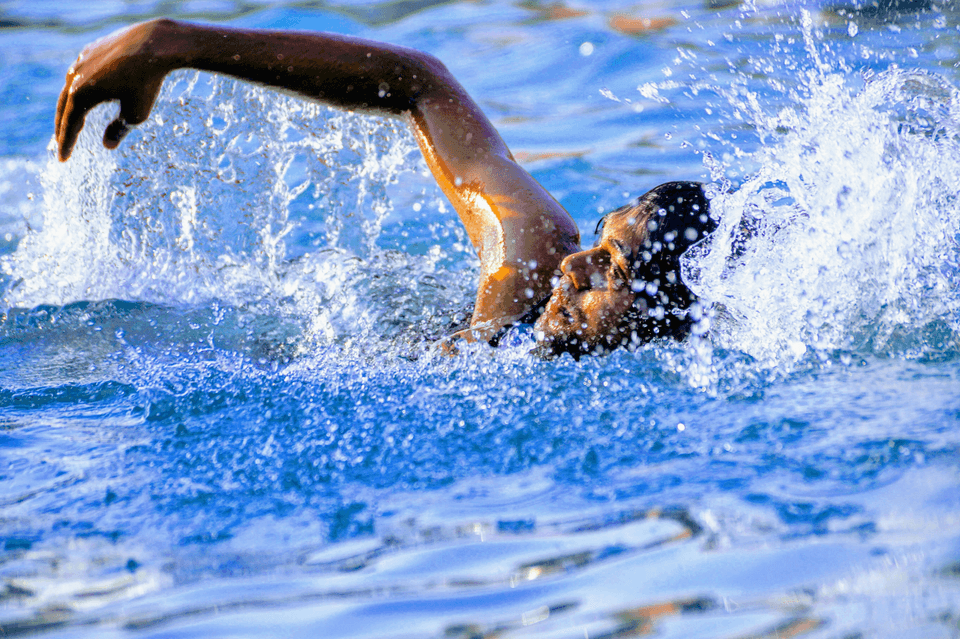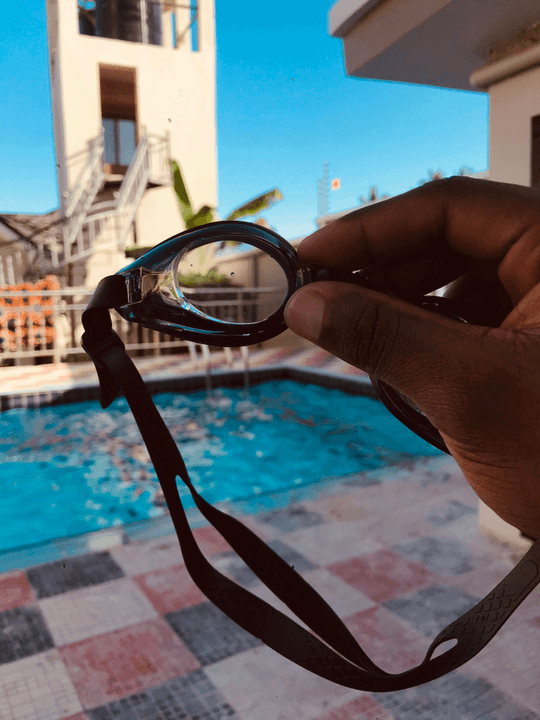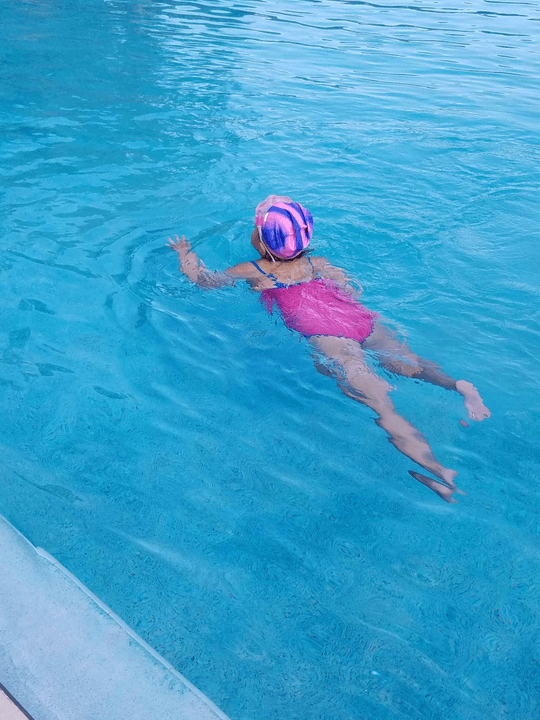
Frequently Asked Questions
Learn about the Splashing with Clashing approch to swim instruction
Young Swimmer FAQ
From Parent & Tot to Preschoolers
I've seen videos online of toddlers falling into a pool and being able to swim back to the wall.
Will my child learn to do that?
The teaching methodology for getting toddlers swimming back to a wall is called Infant Swim Rescue and is taught exclusively in a pool environment where the walls are a critical cue for the toddlers to return to.
Based in Antigua, our lessons are conducted primarily in an open-water beach environment rather than at a pool, so no such pool wall cues exist to conduct Infant Swim Rescue classes.
Our methodology prioritises comfort and movement in the water for toddlers, under parental guidance and supervision.
How long will it take for my child to learn how to swim?
There are different stages of swimming competency (survival swimming and competitive swimming), and the time it takes for your child to reach those various competencies can vary greatly depending on their age, comfort level in the water, and frequency of lessons.
Survival swimming: In survival swimming, a child needs to be able to cover a distance of 10m kicking, flip from their front to the back, and know how to tread water for a minimum of 20 seconds.
By the end of the preschool levels (of which there are 5 levels), your children will be able to perform such skills.
Competitive swimming: Competitive swimming focuses on technique improvement and being able to perform well in strength and endurance in the water. This can be a lifelong endeavour but some children can transition to competitive swimming from as early as age 6.
For Parent & Tots
What to expect from each level
Parent & Tot 1
(under 12 months old)
In Parent & Tot 1, your little swimmer will begin their aquatic adventure!
This class focuses on building comfort in the water through songs and splashing games.
You'll learn to hold and support your child as they explore the water, fostering confidence and enjoyment in a safe environment.
We encourage you as parents to take an active role in the class by using songs and little games that your child is familiar with.
Parent & Tot 2
(12 -24 months old)
In Parent & Tot 2, we build on the splashing skills learnt in the previous level!
This stage introduces your child to swimming basics that are foundational for learning to swim effectively.
As motor skills are still in the early stages of development, we focus on getting their faces wet and in the water, floating more comfortably and beginning to blow bubbles.
By actively participating in your child's class, you will also discover effective strategies for nurturing your child's confidence in the water and promoting their independence and curiosity.
Parent & Tot 3
(2-3 years old)
In Parent & Tot 3, your child will be gently guided to take bigger steps in their swimming journey!
This level emphasizes fun and playful exploration of the water by introducing essential submersion skills like jumps, underwater passes and object recovery from below the surface.
Motor skills at this stage are becoming sufficiently developed to do a variety of assisted floating and gliding activities.
As your child gets closer to 3.5 years old, you will find they won't need your physical support as much in the water, and we begin to wean them off of you in preparation for the Preschool levels, where no parents are in the water with the child.
For Adult Swimmers
From teenagers to adults
How many sessions do I need to learn how to swim?
Typically, it takes 12-16 sessions to become more comfotable in deeper waters and move with minimal aids.
At Splashing with Clashing, we have 3 levels of adult beginner sessions.
The first level of 8-10 sessions gets you floating, gliding and kicking.
The second level of another 8-12 sessions gets you treading water in the deep and advancing to using your arms.
The third level refines your stroke and builds your endurance for fitness swimming.
It's important to note that swimming is a lifelong skill learning and refinement process, there's always room to grow and get better!
How important is my general fitness when it comes to learning how to swim?
While aerobic fitness certainly helps your endurance when performing swimming stokes, your body type also plays a major role.
Individuals with more body fat percentages may find it easier to float and sit in the water well, while muscular individuals may struggle with their legs sinking due greater muscle mass.
Regardless of your body type, you can learn how to swim!
Whether you have little or more body fat, learning to relax in the water is key for enjoyment and survivial.
We'll help you in a variety ways to get comfortable enough in the water to relax your mind and body!
I've had traumatic experiences in the water, can you help me get past my fears?
We understand that past experiences can leave lasting impressions.
At Splashing with Clashing, we are dedicated to helping you overcome those fears.
Our patient and experienced instructors create a supportive environment where you can gradually build your confidence in the water.
We focus on relaxation techniques and gentle exposure to water, ensuring you feel comfortable at your own pace.
With every small success, you’ll find yourself rediscovering the joy of swimming, leaving fear behind.
Swim Gear We Recommend
Equipment you can purchase to enhance your swim experience
Swim Vests
(Toddlers & Preschoolers)
Swim vests, not to be confused with lifejackets, are the Personal Flotation Devices (PFDs) that we use in the Splashing with Clashing program.
Swim vests, unlike life jackets, have panels on the inside of the vest that allow the buoyancy of the vest to be adjusted.
They also do not constrict movement like a lifejacket would and allow for a more natural position in the water for learning how to swim.
You can purchase them on an online marketplace such as Amazon.
Rashguards
(All levels including adults)
Rashguards or swim shirts are encouraged to be worn during our swim classes to protect from the sun given our tropical location.
Rashguards tend to have in-built sun protection that replaces the need for much sunscreen on the body.
Rashguards come as tops only or can include full or partial-length leg protection, depending on the style.
In Antigua, you can find rashguard tops for a variety of ages at the Beach Stuff store in Heritage Quay.
Swim Goggles
(Ages 3 and up)
Swim goggles help to protect the eyes from salt and chlorine during facial submersion while swimming.
They also enhance visibility underwater, making every splash more enjoyable and helping young swimmers build confidence as they explore the water.
For adult swimmers, a good pair of goggles can significantly improve their experience by reducing eye irritation and allowing for clearer vision.
We keep in stock both children's and adult googles for sale so if in need, just reach out to us.
Swim Caps
(Optional for 3 yrs old and under; required for 3 years and over)
Swim caps, contrary to popular belief, don't prevent water from touching the hair. A bit of water ingress will still happen even with a swim cap on.
Their purpose is to avoid hair from falling around the face when swimming and to keep you more streamlined in the water.
There are 3 main materials swim caps are made from, latex, silicone and polyester. We recommend silicone caps for their longevity and resistance to tearing.
We also suggest afro caps for those with long and/or thick hair. Our preferred brand is Swimma Caps which we keep in stock from time to time.



